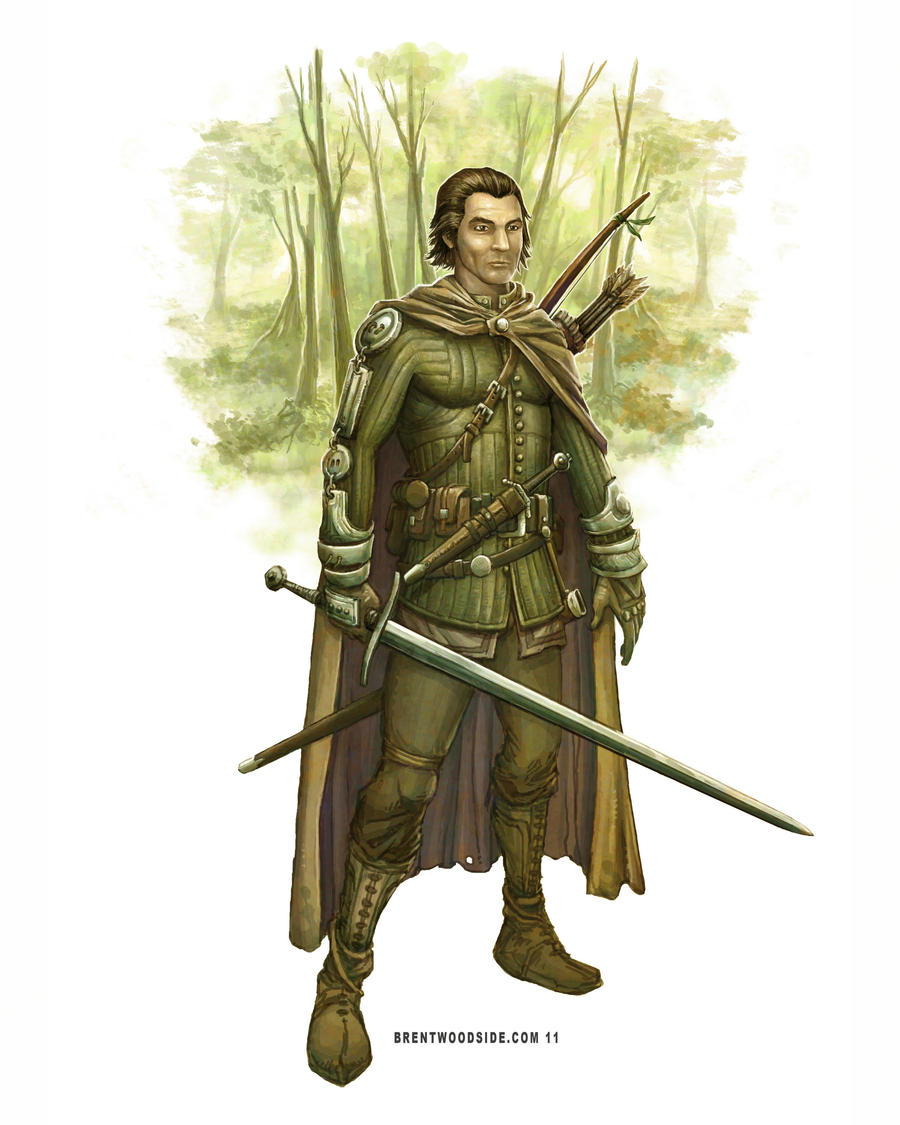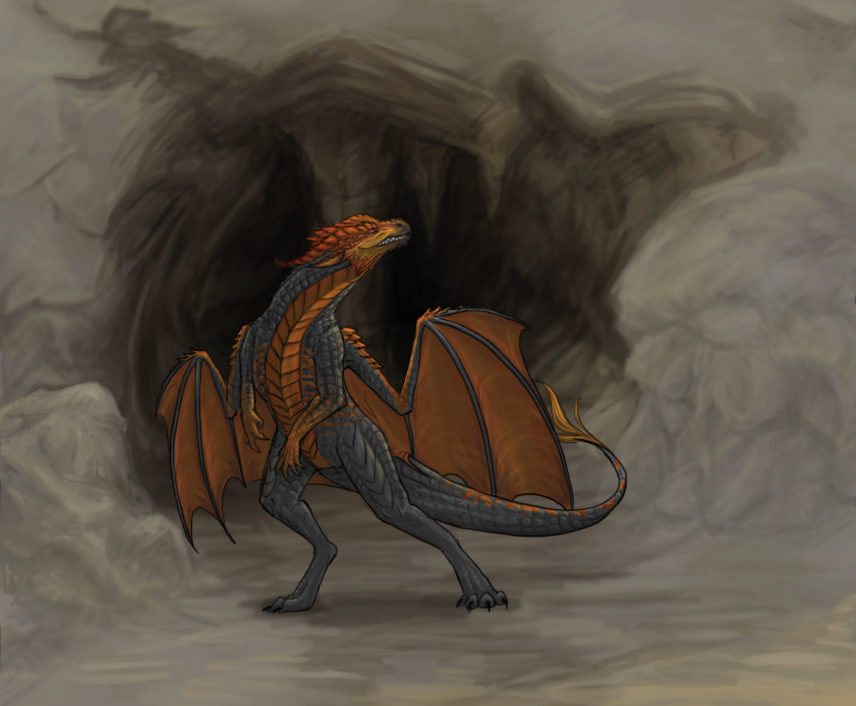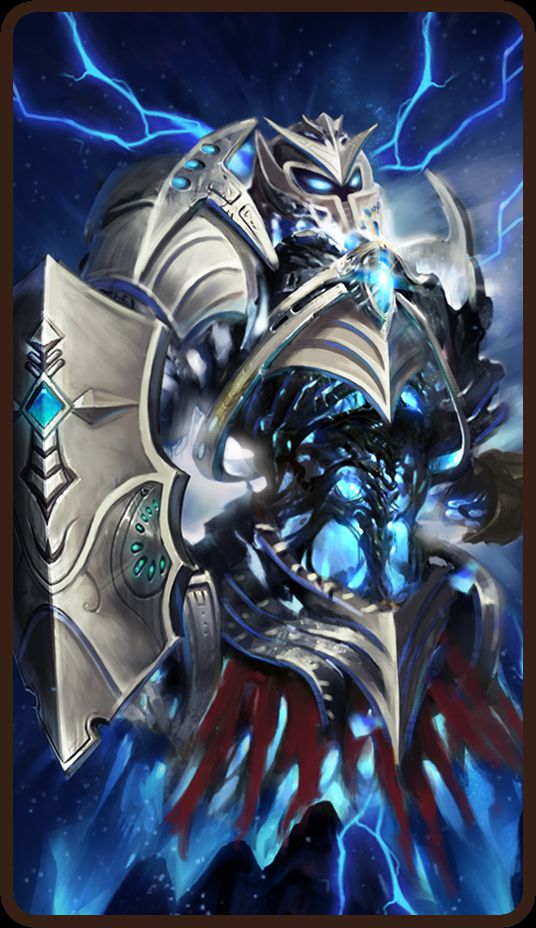Written as Wizard's guide to Dragons.
Chapter 1: Dragon biology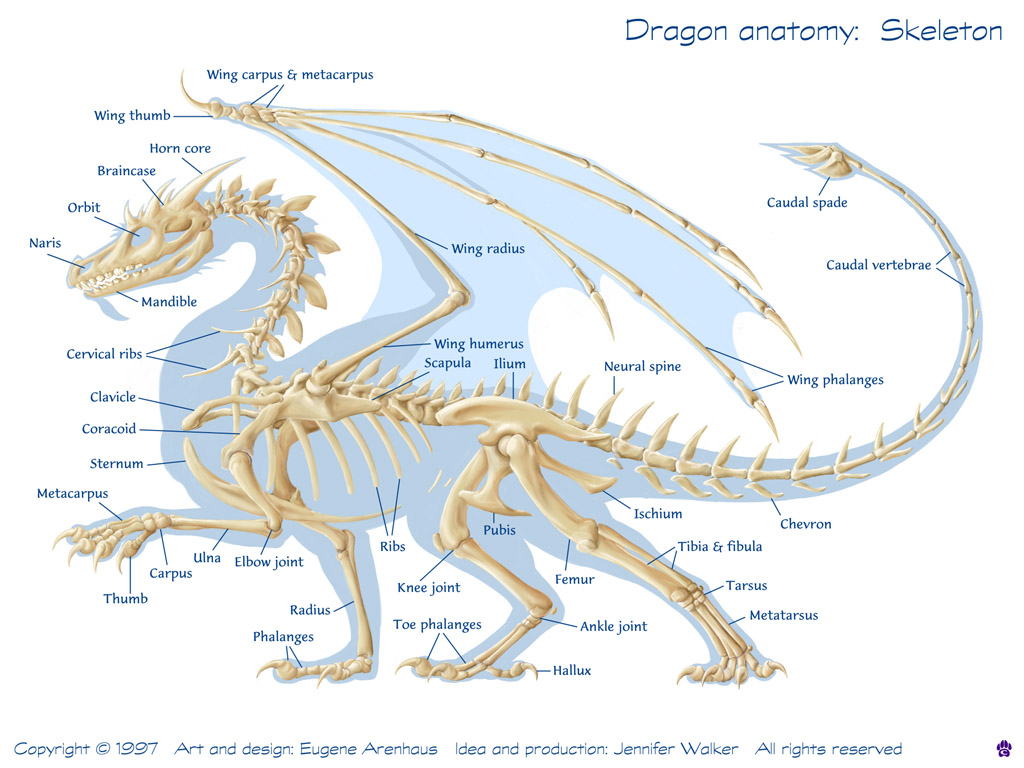
Dragon bones are very resilient. In ancient times, dragon bone was used to make the most reliable tools, as the pieces were big enough to carve a monolith tool. The surface of the bone is hard, while it's softer insides gives it it's tough properties. This makes dragon's bones relatively safe from a physical attack from almost anything, save for high mass-velocity projectiles (using earth magic or siege weapons is recommended), or attack by another dragon or stronger animal.
Dragonbone doesn't have good magical properties on it's own. Several attempts have been made using dragonbone as a wand core, but none could match existing wands in power. The bone is however very useful when ground into fine powder. It can be infused and hold tiny amount of magic (not anywhere near gemstones or artifacts), and then be used to strengthen potions or, in the hands of a skilled wizard, metal equipment.
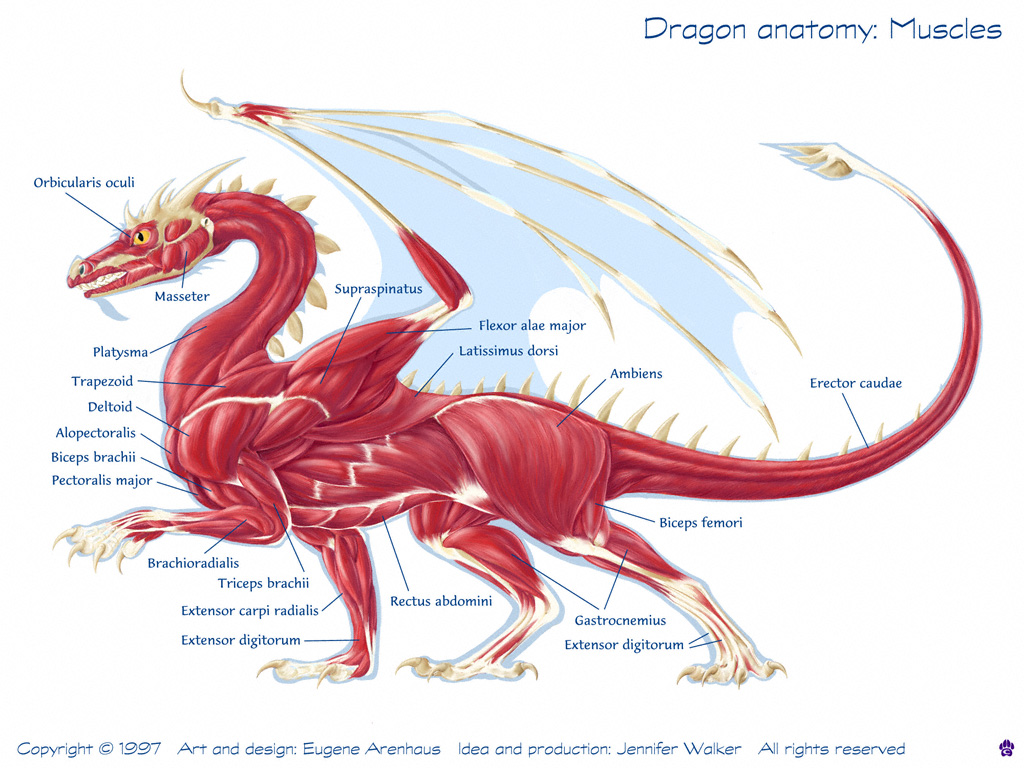
Dragons are undoubtedly very strong creatures. While the strongest of them can break toughest materials with bare hands, even the less muscular ones are still a threat up close to magically unprotected enemy.
Dragon muscle is composed of two kinds of tissue. String muscle tissue can contract very rapidly, giving dragons superior speed and agility in favor of strength. The rope muscle tissue has thicker individual cells, and while they take longer to respond, this muscle can pull with enormous force. Unlike humans, dragon hearts are not a special muscle type, but rather the combination of the above, woven into a fast yet strong pump. Dragon hearts have several layers reinforced with membranes and bone plates, making them a very poor target without proper equipment. The final tissue is the smooth muscle tissue, which makes majority of the other organs. An interesting fact is that this muscle making up dragon veins can contract in a wave function to aid the heart when necessary, like while under extreme physical strain. This leaves the dragon tired very quickly though.
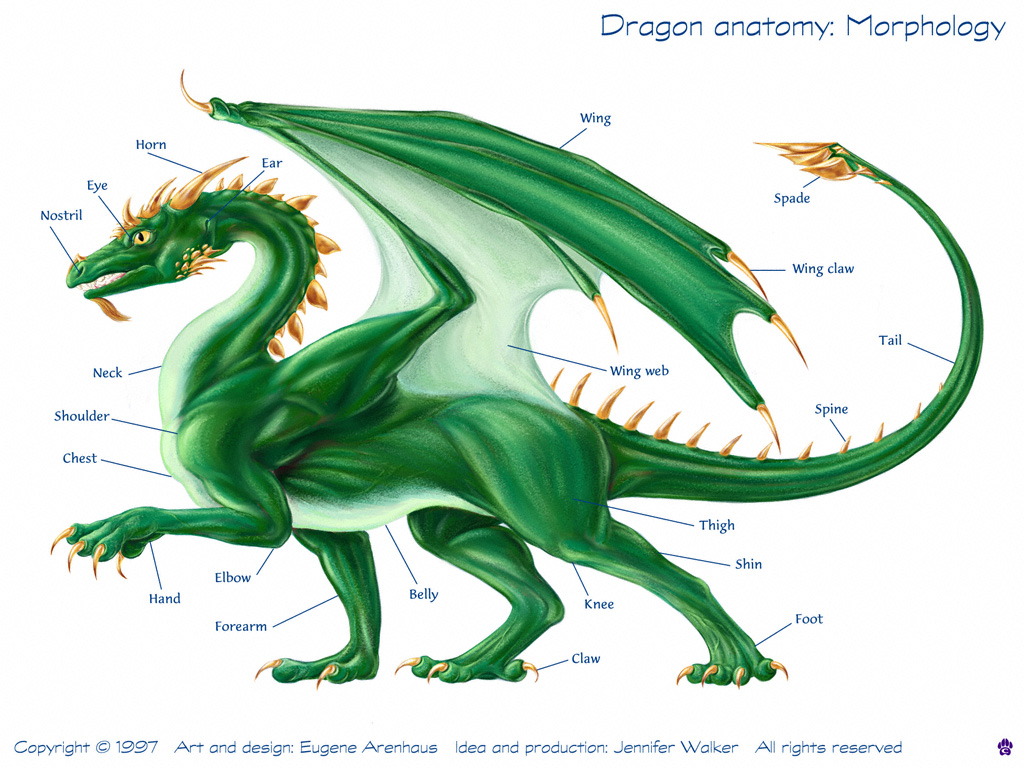
On the outside, dragons vary in look greatly. The most noticeable is usually the difference in number of wings, from none to multiple pairs. Dragon skin is high demand goods, as it is flexible, tough and usually covered in scales, making it the best material available for inner layers of armor. The scales themselves have very sharp edges, and mechanical properties between those of plates and chain mail, resilient to many kinds of damage. The easiest way to go around them is to use a piercing weapon with the trajectory of the hit against the direction of scale growth. There are again various types of scales. Some dragons do not have any. Their hide is the least valued. The smallest scales are so tiny that they can barely be seen by naked eye. These hides are great as sandpaper. The regular scales are on highest demand for the purposes mentioned above. The extreme case of scales are the armor plate type scales, where the individual chips grow together to form a living plate armor. Be warned that no dragon with these have ever been brought down to study. The scale plates are stronger than any pure metal known and cannot be harmed by conventional means. The final type of 'scales' are dragon feathers. Dragons only possess quills, and they are usually too large to be used for writing, but due to their relative rarity are often traded as luxurious item.
Dragon horns are an interesting material, as they are non newtonian solid. The behave smoothly when just brushed against but if impacted with greater force, they roughen and sharpen. This makes sense on evolutionary basis, as permanently hard horns would tend to damage dragon wing webs (which themselves are best to make musical instruments). Dragon claws on the other hand are even tougher and harder than plate scales, their properties outmatched only by magical alloys like mithrill or adamantium.
Dragon wings are not of much use, but they are what makes a dragon that dangerous. While some dragon types do not have wings at all, those who do can use them to travel large distances easily or outmaneuver just about everything. There are three criteria for wing classification:
WING SPAN: How wide the dragon's wings are. Usually measured in percents of body length and above 100.
NUMBER OF PAIRS: While most dragons only have one pair of wings, some have none or more pairs.
WING SIZE: There are only two types of wings as far as size is concerned. Gliders, with very large surface, serving mainly to travel easily without much effort, and Flyers, which are of small in size and serve rather for direction changes.
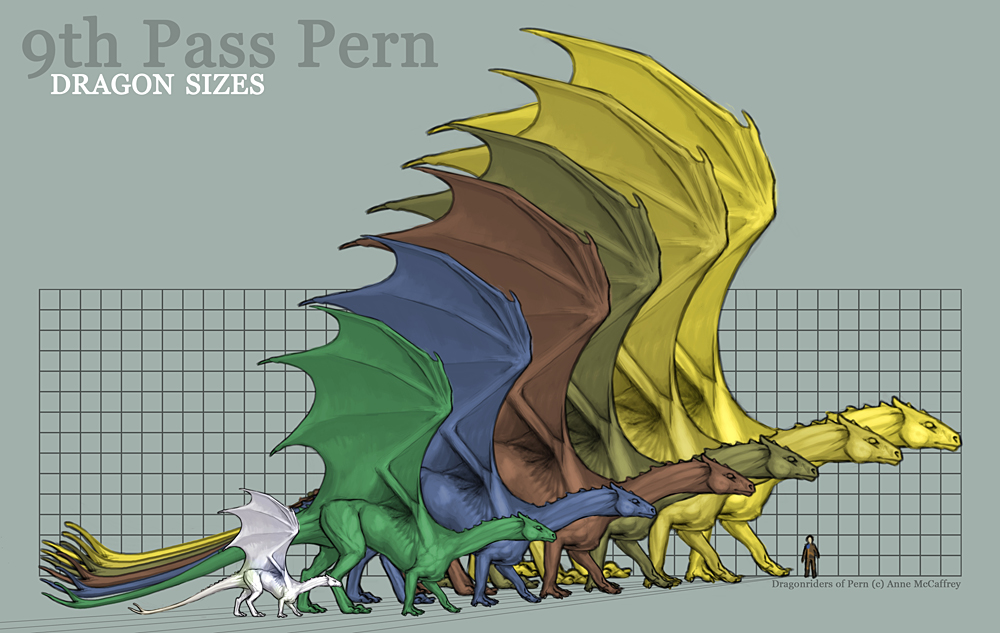
Dragons vary in size greatly. While they're the size of a German shepherd when freshly hatched, depending on their parentage and lifestyle, they can grow to massive sizes. Largest recorded dragons are only bested by the whales. Dragon females are usually larger than males, but their features like horns are much smoother.
Chapter 2: Dragon magicWith proper training and centuries long life spans to gain experience, Dragons can become very formidable spellcasters indeed. Being supposedly borne of magic itself, dragons are their own sources of magic and thus requiring no other resources to cast than food. However, majority of dragons do not like to use the arcane, as they have been hunted as it's source by other races for eons.
The greatest mistake a wizard can make is to consider dragon's firebreath a magical attack. Their breath is a natural inborn ability that is not affected by magic whatsoever. The common spells used by dragonkin are healing and shapeshifting, although the true variety of dragon magic knows no bounds. Unlike humanoid races, dragons do not seem to use magical formulas or any aides, driving their magic through emotions, thought and will.
The one spell that can control a dragon is to simply know their true name. Aware of that, the dragons almost never share those, even among themselves. Such privilege is usually reserved for permanent mates, family and the closest of friends.
Chapter 3: Dragon life cycleEggDragon eggs are one of the most desired wizard accessories. During the egg phase, a lot of the future dragon's features can be altered, both magically and simply by taking care of it. Note that all dragon eggs that are laid are fertilized (unlaid eggs are absorbed and recycled by the female's body), and thus unfit for consumption, no matter how desperate the situation is. Shattering the shell of such egg prematurely results in a magical explosion measurable on the TNT weight scale. The eggs need heat to mature, though unlike birds, they survive dormant in extended periods of cold, to resume growth once the conditions are more favorable. The higher the temperature, the stronger the dragon usually is, although there are exceptions to that rule. The future dragon's personality can be mildly adjusted by talking to the egg. Some dragon mothers will spend hours talking to her future children in order for them to be mentally healthy and strong. It is rumored that the egg can even be sung to a certain gender, but the claim lacks any support in evidence. The females are extremely aggressive during the period of guarding eggs, often instructing their permanent mates (if applicable) to leave the den. It is thus extremely difficult to gain a dragon egg. The more successful ways include summoning a natural disaster in the den's vicinity, forcing the mother to transport or hide the eggs while she flees and waits out the bad conditions elsewhere, or localizing abandoned eggs.
HatchlingOnce all the magical energy in the egg shell is absorbed by the little dragon, it breaks through and hatches. Hatchlings are depending on their parents for the first year of life, but often remain with their parents until late youth.
Obtaining a hatchling is even greater peril than obtaining a dragon egg, as BOTH parents are usually present. Once captured / raised from obtained egg, Hatchling's mind can be bent easily to your desire.
YouthYoung dragons become nigh independent at the age of three, when their size is comparable or greater than most threats, although theoretically they are capable of taking care for themselves at the age of one. At the age of five, they are usually allowed to leave parents for extended periods of time, which is why a young dragon is the easiest to capture, however these can hardly ever be convinced to aid you and need to be broken or mind controlled, as their child personality will make them do everything in your spite. At late youth, dragons leave the parents.
PrimeAt the age of twenty, a dragon is officially an adult. This period lasts usually to their mid two hundreds. At this age, dragons are competitive, as those who seek long term mates compete for their attention. It is possible for them to start a family, which is very common for dragons that have already been through a lot in the short time they lived. Very common after wars, as the psychological effect of the war and the concept of "this day might be your last" tends to make them want to continue the dynasty as soon as possible.
AdulthoodDragons older than 200 years may still search for long term partnership, but seasonal ones are much more common. At this age, dragons spend most of their time building a den and accumulating sometimes insane amount of wealth by human standards. Single dragon can hoard even a metric ton of raw precious materials, who's value is usually further increased by it being processed and or magically enchanted. It is pointless to try and kidnap an adult dragon, but finding it's treasure is a dream of every human.
Old ageAfter 600, dragons are considered elders and like humans, their bodies are starting to degrade, as is the level of their magic. While the average life span is from 800 to a thousand years, the oldest dragons recorded are of age over 1500 years.
DeathNothing is known about a dragon soul after the body dies, though some form of afterlife is presumed as dragons are highly magical creatures. Whether this level allows for spiritual existence or even reincarnation is unknown. After death, the dragons put their dead on display in a special volley, encased in magical crystal seals. Wizards may want to extract dragonbone from the corpses, though such old bone is usually of poor quality.
SlumberEvery 50 or so years, dragons enter a long slumber lasting for about a decade in their adulthood, longer in their elder years.


